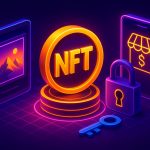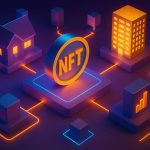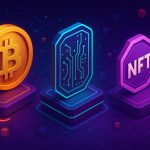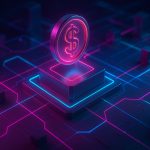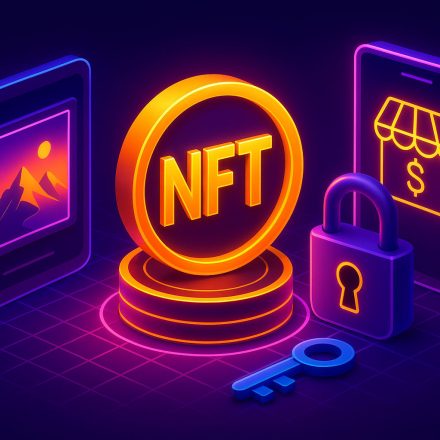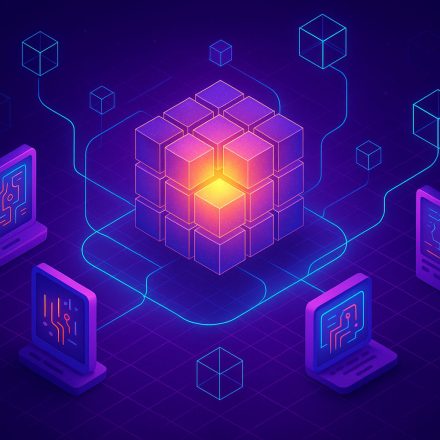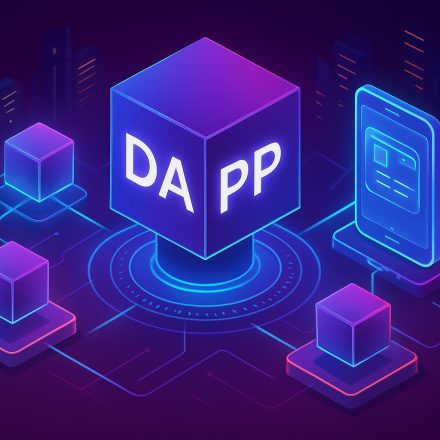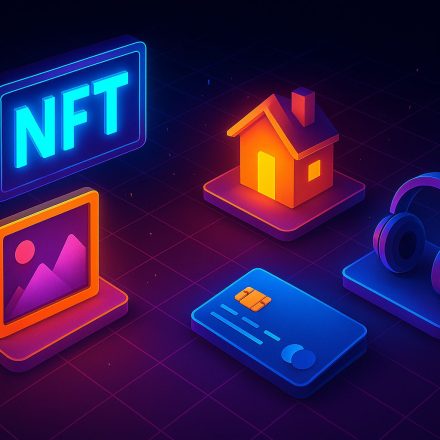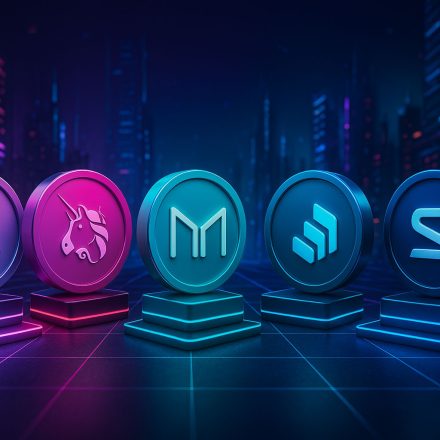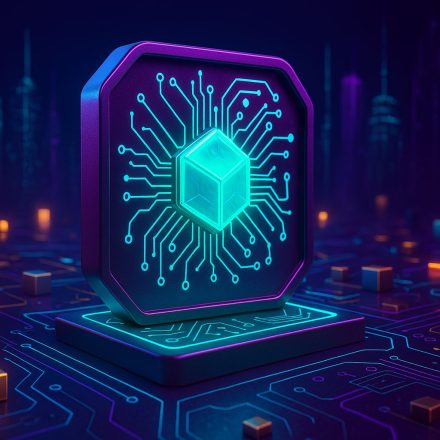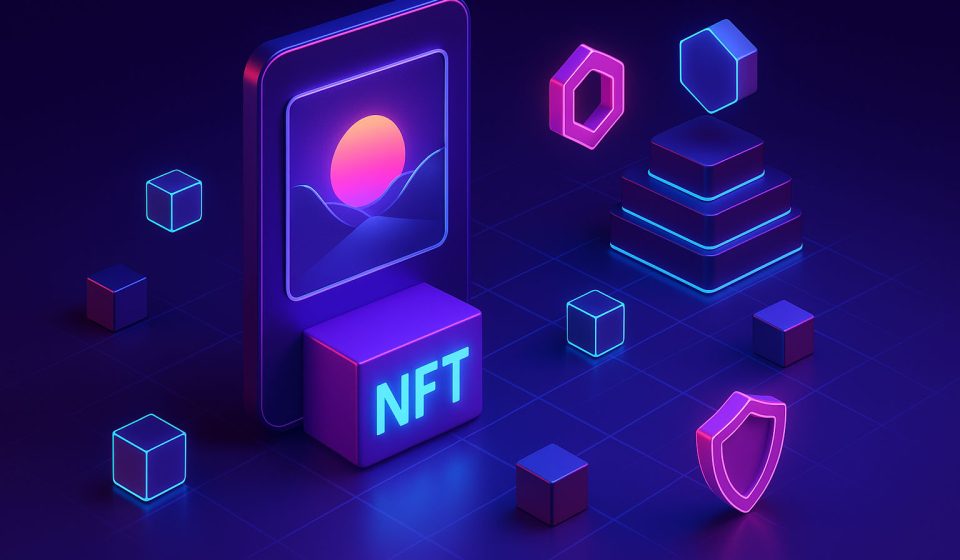
🖼️ What Are NFTs? A Beginner’s Guide to Digital Ownership
What are NFTs and why are people paying thousands — sometimes millions — for digital art, music, or even tweets? Whether you’re curious about collecting, investing, or creating NFTs, understanding what they are is the first step.
Table Of Content
In this beginner-friendly guide, we’ll explain what NFTs are, how they work, and why they’re becoming one of the biggest innovations in digital ownership.
At BlockchainInsights.org, we help you understand complex blockchain topics in clear, practical language. Let’s explore NFTs together.
💡 What Are NFTs?
NFT stands for Non-Fungible Token. It’s a type of digital asset that represents ownership of something unique and non-interchangeable, like a piece of art, a music file, a video clip, or a game item.
Here’s what makes NFTs different from regular cryptocurrencies like Bitcoin or Ethereum:
- Fungible items (like a dollar bill or a Bitcoin) are all the same and can be exchanged equally.
- Non-fungible items are unique and can’t be exchanged 1:1 with others. A rare trading card or a signed album is non-fungible.
NFTs are digital certificates of authenticity, powered by blockchain technology. They prove ownership and origin of a digital item — and that item can’t be copied or faked on the blockchain.
⚙️ How Do NFTs Work?
NFTs exist on a blockchain, most commonly Ethereum, though other chains like Solana, Polygon, and Tezos are also popular.
Each NFT has:
- A unique ID and metadata
- A record of its creator and transaction history
- A smart contract that governs its behavior (e.g., royalties)
When you buy an NFT, you’re buying the ownership record — not the image or file itself. That ownership is stored publicly and immutably on the blockchain.
🎨 What Can Be an NFT?
Almost any digital file can be turned into an NFT, including:
- Art (images, 3D models, digital paintings)
- Music (tracks, albums, beats)
- Videos (short films, clips, animations)
- In-game assets (weapons, skins, land)
- Virtual real estate (like in Decentraland or The Sandbox)
- Collectibles (trading cards, badges, wearables)
- Domain names and even tweets
NFTs have also expanded into real-world assets like ticketing, real estate contracts, and digital identity verification.
🌐 Why Are NFTs Valuable?
The value of an NFT comes from a combination of:
- Proven ownership and scarcity
- Creator reputation
- Utility (access, rewards, in-game use)
- Cultural significance
- Speculation and community demand
In short, people value NFTs the same way they value collectibles or rare items — only now it’s all happening digitally.
🔐 Do You Really Own an NFT?
Yes — if you own the NFT in your crypto wallet, you own the asset. It’s verifiable and publicly viewable on the blockchain.
However, there are limitations:
- You may not own copyright unless specified
- The image or file may be hosted off-chain (e.g., on IPFS or a web server)
Still, NFTs provide a new layer of digital ownership — not just of content, but of identity, memberships, and experiences.
🧠 Learn More About NFTs
To dive deeper into NFTs, check out our other articles:
- “How NFTs Work: From Blockchain to Marketplace”
https://blockchaininsights.org/how-nfts-work - “Top NFT Marketplaces You Should Know About”
(coming soon)
For external learning:
- OpenSea Help Center: https://support.opensea.io
- Ethereum.org NFT Overview: https://ethereum.org/en/nft/
- Binance NFT Guide: https://www.binance.com/en/blog/nft
📝 Final Thoughts
So, what are NFTs? They’re a new form of digital ownership — one that empowers creators, collectors, and everyday users to truly own pieces of the digital world.
Whether you’re here to invest, collect, or simply learn, NFTs represent the start of a new internet powered by blockchain — one where ownership is verified, transparent, and programmable.
At BlockchainInsights.org, we’re here to guide you through every step.


